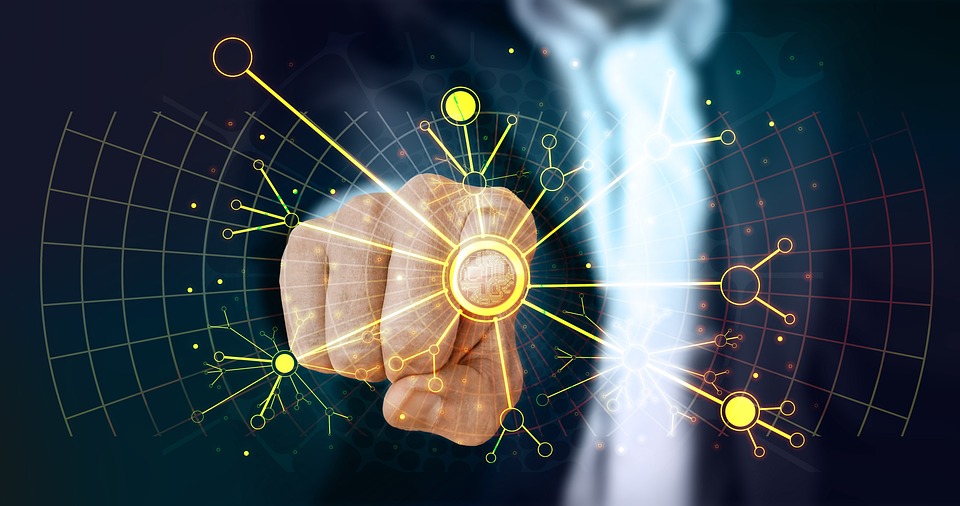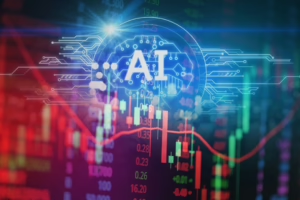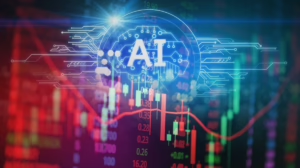AI in Education: Personalized Learning and the Classroom of the Future
In recent years, artificial intelligence (AI) has begun to seep into various sectors of society, profoundly reshaping how we live, work, and learn. Among the most promising applications of AI is in education, where it has the potential to transform traditional classroom methodologies into dynamic, interactive, and personalized learning experiences. This article explores how AI is fostering personalized learning and the future landscape of classrooms.
The Rise of Personalized Learning
Personalized learning is an educational approach that tailors instruction to meet the individual needs, skills, and interests of each student. By leveraging AI, educators can collect and analyze data regarding student performance, preferences, and learning styles. Here’s how AI facilitates this:
Tailored Curriculum
AI algorithms can assess a student’s progress and recommend resources or lesson modifications. This allows educators to curate a personalized curriculum that evolves with the student. For instance, if a student excels in mathematics but struggles with reading comprehension, AI can suggest specialized reading materials or exercise strategies tailored to improve specific skills. This targeted approach not only enhances engagement but also makes learning more efficient by focusing on each student’s unique challenges and strengths.
Adaptive Assessment
Traditional testing often fails to capture a student’s true abilities due to its one-size-fits-all approach. In contrast, AI-driven adaptive assessments can adjust their difficulty based on real-time student responses. This not only provides a more accurate measure of a student’s capabilities but also helps reduce assessment anxiety by ensuring that students are tested on material appropriate to their skill level. As students progress, these assessments can adapt, allowing for a more nuanced understanding of their mastery of various subjects.
Predictive Analytics
AI can analyze data trends to predict performance outcomes. Teachers can identify students who may be at risk of falling behind and implement interventions early. By understanding potential challenges, educators can provide targeted support, leading to improved graduation rates and student success. Such predictive analytics equip educators with the tools to be proactive, rather than reactive, in addressing students’ needs, enabling a more supportive learning environment.
AI Enhancing Teacher Support
While AI stands out in its capacity to personalize learning for students, it also serves as a powerful tool for educators. Here’s how AI can empower teachers:
Automating Administrative Tasks
AI systems can take over routine administrative duties, such as grading assignments and managing schedules. With these tasks automated, educators can invest more time in direct student engagement and instructional planning. For instance, AI grading systems can provide real-time feedback on assignments, allowing teachers to focus on mentoring students and developing creative lesson plans that engage their classes.
Providing Insights
AI can sift through vast amounts of data to provide teachers with actionable insights. This could include identifying common areas of difficulty among students, thus allowing for more focused instruction and enhanced lesson planning. With these insights, educators can tailor their teaching strategies to better meet the needs of their classrooms, ensuring no student is left behind.
Professional Development
AI can also facilitate personalized professional development for teachers. By analyzing teaching methods and student outcomes, AI can recommend tailored resources, training, and strategies to help educators hone their craft. This self-improvement fosters pedagogical growth, making teachers more effective in delivering personalized instruction.
The Classroom of the Future
As AI becomes further integrated into education, the classroom of the future will likely differ dramatically from today’s learning environments. Here are some anticipated trends:
Interactive Learning Environments
Classrooms may become immersive spaces equipped with AI-driven tools, such as virtual and augmented reality. These technologies can create engaging environments where students can visualize complex concepts, conduct virtual experiments, and experience historical events firsthand. Imagine a history lesson where students don VR headsets to walk through ancient civilizations or a science class where simulations allow them to experiment with chemical reactions safely. These immersive experiences can significantly enhance comprehension and retention.
Increased Collaboration
AI can promote collaboration among students by connecting them with peers around the world for shared projects. Engaging with different cultures and perspectives can enrich learning experiences and foster global citizenship. Tools powered by AI can facilitate these collaborations by matching students with similar interests or complementary skills, ensuring that every group has a diverse range of insights and backgrounds contributing to their projects.
Lifelong Learning Pathways
The future classroom may not be confined to age or formal educational settings. AI can facilitate personalized lifelong learning pathways, enabling individuals to gain skills and knowledge at any stage of life. This adaptability can better prepare students for a rapidly changing job market. By leveraging AI to understand individual learning habits and career goals, anyone, regardless of age, can continuously evolve their knowledge and skills throughout their lifetime.
Challenges and Considerations
While the integration of AI in education is promising, it also presents challenges. Ensuring data privacy and security is paramount, as storing vast amounts of student data raises concerns about consent and misuse. It’s essential that educational institutions implement robust cybersecurity measures and transparent policies around data use.
Additionally, there is the risk of relying too heavily on technology, which might inadvertently lead to a loss of the human touch in education. Teachers play an invaluable role in motivating and mentoring students, and it’s crucial that AI is seen as an enhancement rather than a replacement for human educators.
Furthermore, ensuring that AI systems are free of bias is critical. AI algorithms can inadvertently perpetuate existing inequities if they are trained on biased datasets. As such, rigorous auditing of AI systems for fairness and inclusivity is vital.
Lastly, training teachers to effectively implement AI tools and fostering equitable access to advanced educational technologies are essential to realizing AI’s full potential. Without proper training, educators might struggle to integrate AI into their teaching methodologies effectively. Moreover, ensuring that all students have access to the necessary devices and high-speed internet is crucial to ensure equity.
Conclusion
AI offers a revolutionary opportunity to redefine education through personalized learning and innovative classroom experiences. As we move toward a future where AI plays an integral role in education, ongoing dialogue among educators, policymakers, and technologists is crucial to ensuring that these advancements serve all learners effectively. Ultimately, the goal is to create an inclusive educational landscape where every student has the opportunity to thrive.
Engaging with these technologies thoughtfully can yield a learning environment that is not only tailored but also responsive to the evolving landscape of education and the diverse needs of its students. The classroom of the future, powered by AI, holds the promise of transforming how we teach and learn—making education a more personalized, collaborative, and immersive experience for all.
[modern_footnote_source_link]


























Add Comment